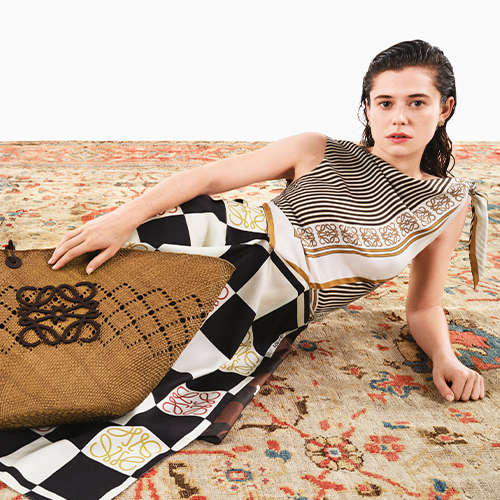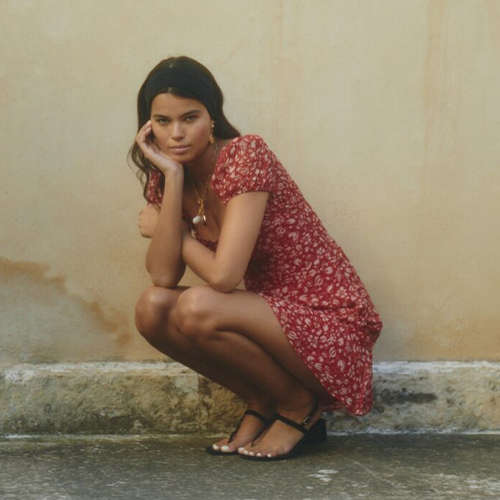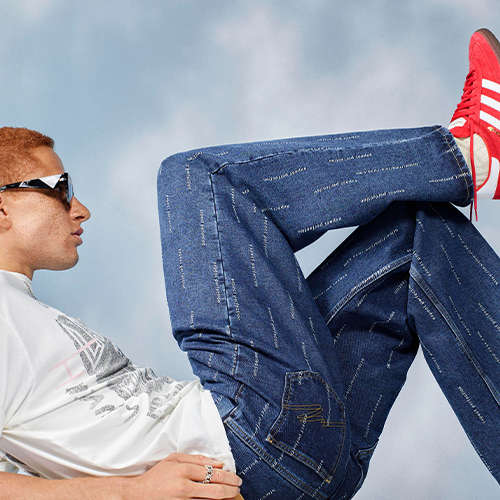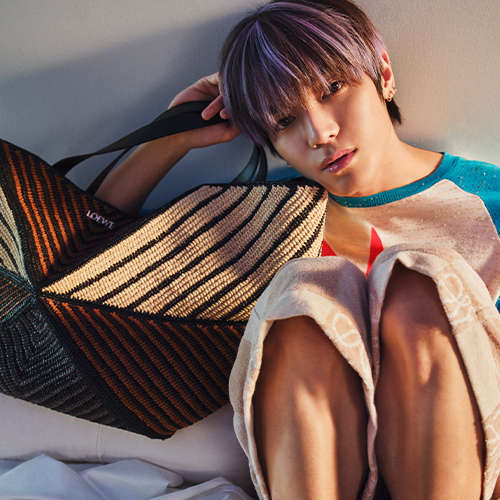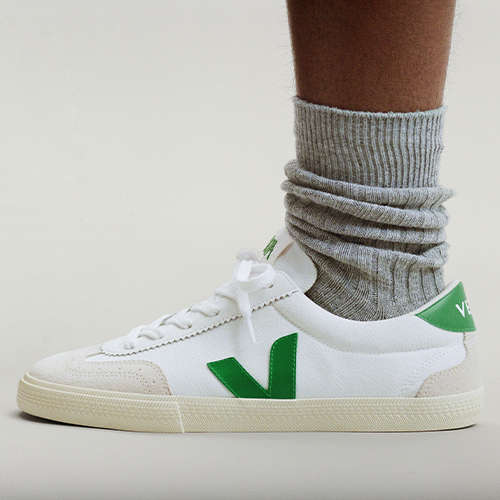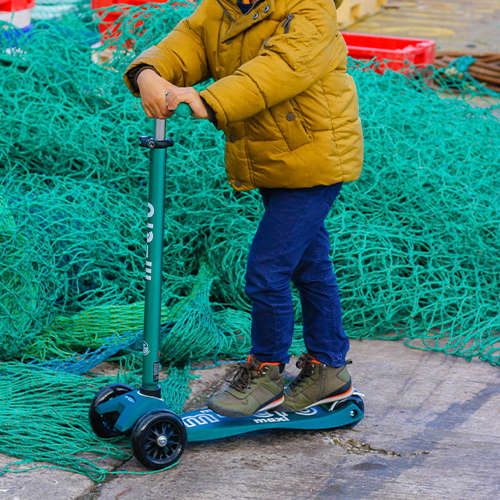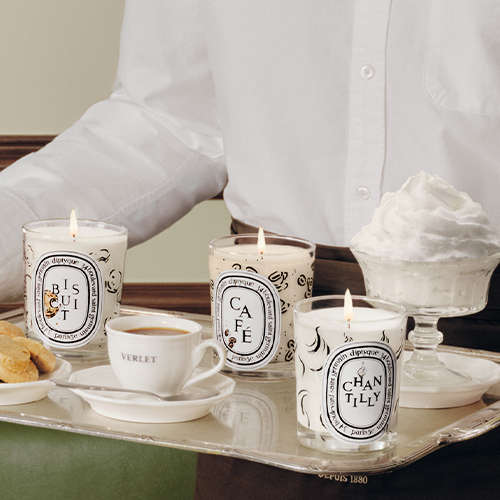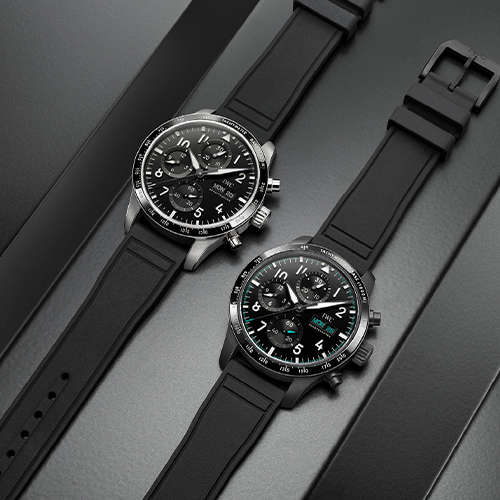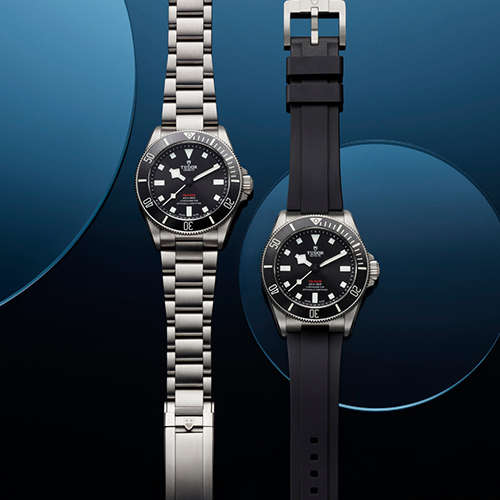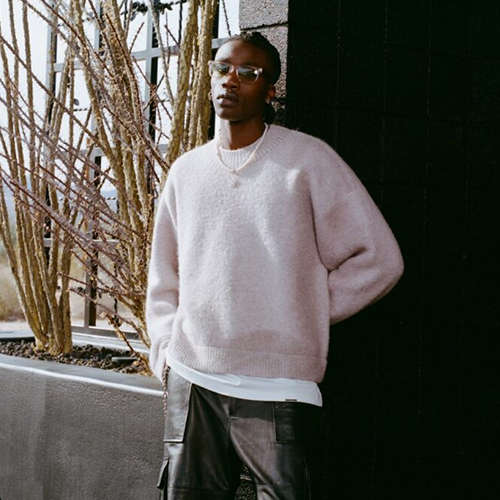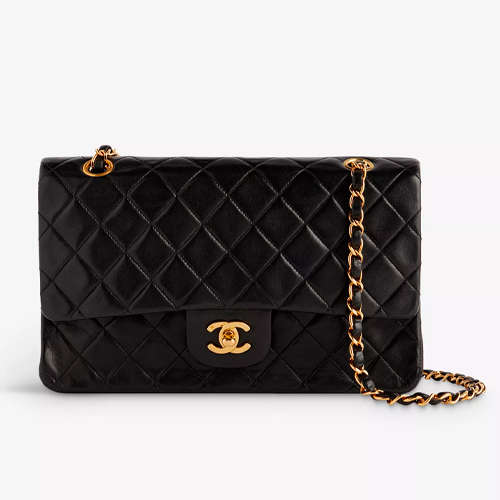- Australia / AUD $
- Canada / CAD $
- China / CNY ¥
- France / EUR €
- Germany / EUR €
- Hong Kong SAR China / HKD $
- Ireland / EUR €
- Italy / EUR €
- Japan / YEN ¥
- Kuwait / USD $
- Macao SAR China / HKD $
- Netherlands / EUR €
- Qatar / USD $
- Saudi Arabia / USD $
- Singapore / SGD $
- South Korea / KRW ₩
- Spain / EUR €
- Taiwan / TWD $
- United Arab Emirates / USD $
- United Kingdom / GBP £
- United States / USD $
- Not yours? Read more
Tell us what you think
Shop in your local currency and language
You are currently in Kuwait KW / USD $ store
- English
- English
- English
- English
- English
- English
- English
- English
- English
- English
- English
- English
- English
- English
- English
- English
- English
- English
- English
- English
- English
Did you know that we deliver to 130 countries or regions and offer a range of delivery options to suit you wherever you are in the world? Find out more
Sign up once to our Selfridges+ service and you can enjoy unlimited deliveries wherever you are in the world. FIND OUT MORE
International delivery
With almost everything on selfridges.com available for International Delivery, you can send your order to 130 countries or regions around the world, including North America, Australia, the Middle East and China.
Although we only offer 20 currencies to browse in online, you can still deliver to all of the following countries or regions:
- Algeria
- Andorra
- Antigua and Barbuda
- Aruba
- Australia
- Austria
- Azerbaijan
- Bahrain
- Bangladesh
- Barbados
- Belarus
- Belgium
- Belize
- Bermuda
- Bolivia
- Botswana
- Brunei
- Bulgaria
- Cambodia
- Canada
- Cayman Islands
- Chile
- China
- Colombia
- Costa Rica
- Croatia
- Cyprus
- Czech Republic
- Denmark
- Dominica
- Dominican Republic
- Ecuador
- Egypt
- El Salvador
- Estonia
- Finland
- France
- French Guiana
- Germany
- Gibraltar
- Greece
- Grenada
- Guadeloupe
- Guatemala
- Guernsey
- Guyana
- Honduras
- Hong Kong
- Hungary
- Iceland
- India
- Indonesia
- Ireland
- Israel
- Italy
- Jamaica
- Japan
- Jersey
- Jordan
- Kazakhstan
- Kenya
- Kuwait
- Laos
- Latvia
- Lebanon
- Lesotho
- Liechtenstein
- Lithuania
- Luxembourg
- Macau
- Malaysia
- Maldives
- Malta
- Martinique
- Mayotte
- Mexico
- Monaco
- Montserrat
- Morocco
- Myanmar
- Namibia
- Netherlands
- New Zealand
- Nicaragua
- Nigeria
- Norway
- Oman
- Pakistan
- Panama
- Paraguay
- Peru
- Philippines
- Poland
- Portugal
- Puerto Rico
- Qatar
- Reunion
- Romania
- Rwanda
- Saint Kitts and Nevis
- Saint Lucia
- Saint Martin (French part)
- San Marino
- Saudi Arabia
- Serbia
- Singapore
- Slovakia
- Slovenia
- South Africa
- South Korea
- Spain
- Sri Lanka
- Suriname
- Swaziland
- Sweden
- Switzerland
- Taiwan
- Tanzania
- Thailand
- Trinidad and Tobago
- Turkey
- Uganda
- Ukraine
- United Arab Emirates
- United Kingdom
- United States
- Uruguay
- Venezuela
- Vietnam
The Selfridges Eye: the future of fashion week
As the fashion industry gets to grips with the ever-changing digital landscape (and we explore the future of fashion in our creative campaign The New Order), we chart the standout tech-enhanced runway moments so far and discover what the future holds for the catwalk.
It’s officially fashion month and the press, editors and Insta-elite are flocking to the four key style capitals to see what we'll all be wearing next summer. But the once private, industry affair has been undergoing a fair bit of change of late.
Fashion, a business predicated on how we present ourselves to the world, is grappling with how we imagine ourselves in our new digital reality. As social media handed the public a front-row seat to the shows and the likes of Extinction Rebellion call for the end of the traditional fashion week model, the industry is having to embrace this new digital consciousness in order to survive.

Balenciaga's spring/summer 2019 show
A new generation of designers is already presenting exciting digital-led catwalk alternatives. For his Balenciaga SS19 show, designer Demna Gvasalia collaborated with digital artist Jon Rafman to create an immersive digital presentation. During the show, the audience, who were seated inside the cylindrical LED tunnel, were taken on a visually startling journey through alien landscapes, calamitous ecosystems and dystopian civilisations. Demna told Vogue magazine: “Fashion shows are for transporting people, otherwise there’s no point. It was like working on a movie, getting people into another reality, so it stays as a memory.”
Fashion shows are for transporting people, otherwise there’s no point.
Demna Gvasalia, Artistic Director at Balenciaga and Vetements

Drones on the catwalk of Dolce & Gabbana's autumn/winter 2018 show
The idea of robots and machines replacing humans is nothing new, but now designers are exploring how to use them on the catwalk. At Dolce & Gabbana’s AW18 show, eight quadcopter drones carrying leather and jewelled purses paraded down the runway. Meanwhile, an actual robot (created in partnership with Silicon Valley-based OhmniLabs) debuted on designer Honee’s catwalk at London Fashion Week in September 2018. More gimmicky than a viable long-term option perhaps, but could IRL catwalk models be under threat from new tech developments?

CGI influencer Lil Miquela
Perhaps of more concern to the “real“ supermodel is the URL (aka “un-real life”) or computer-generated models, with their “perfect” angular cheekbones and flawless skin. In April 2017, London-based photographer Cameron-James Wilson created Shudu, a 3D-rendered, life-like digital model that took the social media world by storm. And with the likes of CGI influencer Lil Miquela (with her 1.6m Instagram followers) “attending” Prada’s AW18 show, the tension between appearance and reality is something the industry will increasingly have to wrestle with.

Extinction Rebellion protesters
As the digital revolution continues to transform every aspect of the fashion industry and pressure mounts from Extinction Rebellion (Stockholm Fashion Council recently cancelled their shows to focus on a more sustainable alternative), could a purely digital fashion showcase replace the traditional fashion-week model?
Senior Creative Researcher Rachael Stott, from trend-forecasting agency The Future Laboratory, explains: “Given all the financial and environmental backlash, the industry is having to prove the catwalk’s physical value. The runway still offers designers a platform to communicate beyond the garments and tell powerful stories, such as sustainability [as seen recently with Collina Strada’s recycled fashion collection at New York Fashion Week SS20].”
Given all the financial and environmental backlash, the industry is having to prove the catwalk’s physical value.
Rachael Stott, Senior Creative Researcher at The Future Laboratory (www.thefuturelaboratory.com)
So how will fashion week adapt in the future? “The catwalk will naturally become more digitised and the focus will shift to our engagement with the collections,” explains Rachael. “Developments in 5G-enhanced AR [augmented reality] technology mean we’ll be able to interact with shows/collections remotely, viewing and touching individual garments without having to physically be in the same room as them. Haptic gloves, for instance, will give you sensory feedback on the handle and weight of a dress or beaded jacket, from virtually anywhere in the world.
What’s more, paths to purchase could change – after touching the jacket, you could buy and download it to your digital avatar, or create a wearable hologram as an augmented overlay. Designers are no longer restricted to seasons or industry demands and it becomes an ongoing creative process between them and the customer,” says Rachael.
As the fashion industry races to align itself with these technological advancements and respond to ever-growing demands to reduce its environmental impact, the opportunities to revamp the conventional fashion week model are only going to get bigger. As Sarah Arnold from Extinction Rebellion told Dazed Digital: “We don’t think this is the end of fashion – more an opportunity to creatively transform it into something regenerative for society and nature.” Hear, hear.

